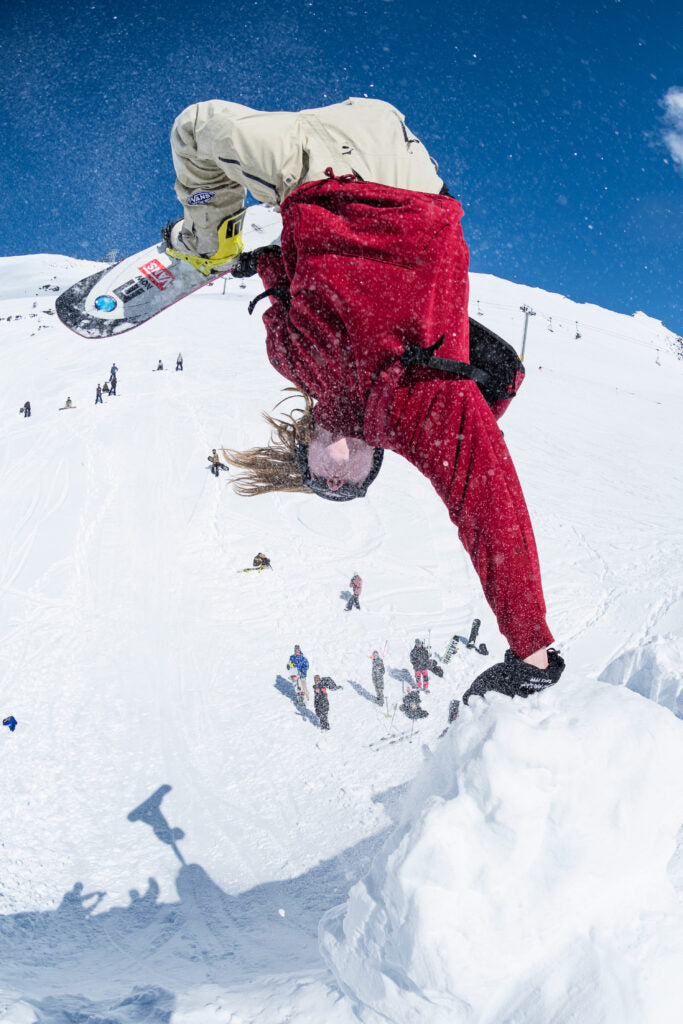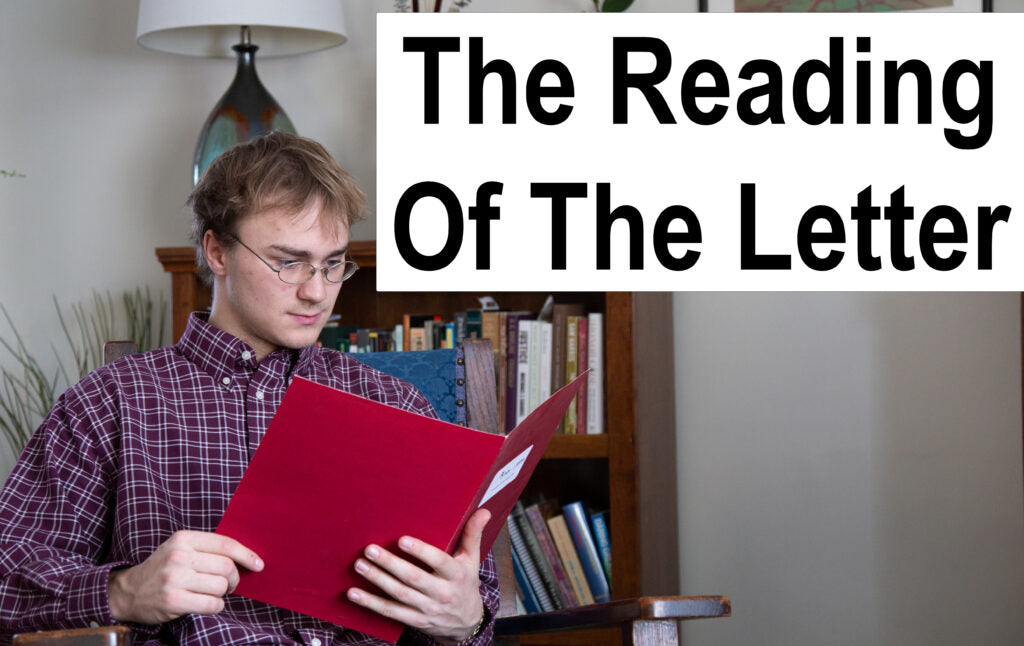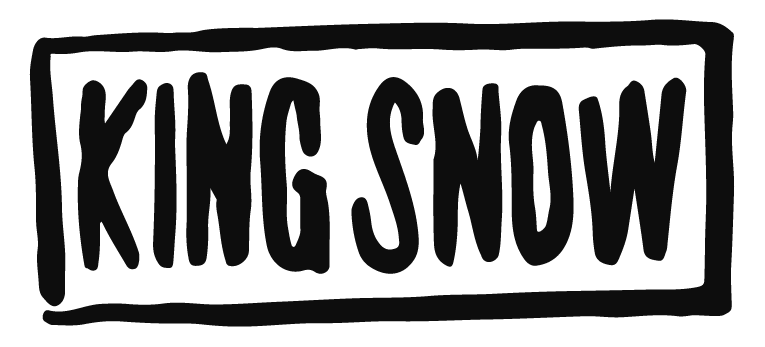STYLE: AN EXPLORATION
By William Fraser & Dan Zimmerman
Part I: Introducing Style
You’re at a family Christmas dinner. Sometime in the near but not so near future. It’s an Olympic year. Your uncle hears you talking about snowboarding. He is the type of uncle all snowboarders have, specifics like hair, height, weight, and beer choice might change, but the archetype is the same. He knows your parents have invested a lot of time and money into your snowboarding. They’ve driven you everywhere to do it so he wants to see some return on investment. He knows you have some promise because of the stickers on your board and that one ad you were in for the local shop. He wonders out loud if you’ll try and make the Olympic team. You choke on your homemade cabbage roll. You know you’re not a halfpipian. You’re not even that good at jumps.
As you grab another roll, you mumble, “I’m interested in a different side of snowboarding. The filming side… making edits and stuff, trying to get photos in magazines. There’s no style in contests anyway.”
Your Uncle Brett is confused. “What does style have to do with it?” he says. “Can you win a medal with style?” He pounds his fists on the table, fork and knife pointing skyward.
“I WANT ATHLETIC ACHIEVEMENT. NOT A FASHION SHOW!”
Some turkey falls from his fork...
🍗
Shocked, you say, “That’s not really the point...”
Obviously, your uncle is uninformed, right? But is he? He may know more about style than you think, simply because he never thinks about it.
What is style anyway? Who defines it? Who creates it? What makes it identifiable? There are snowboard celebrities like Louif, Jed, and Magoon, who are considered style icons. People who have made massive changes in the aesthetic of snowboarding or helped define what it is today. Where did these people get their style from? Style is a deep conversation that includes culture, marketing, iconoclasts, and followers. It’s tied to body image and body types, money, and where you were born - things that people can have very little control of. Things that, in some way, can build or crush a career.
Your eyes start to get heavy. In many ways, this topic is so dull and tiring: it’s like the slower you say styyyyyyyyle, the more weight it has.
Uncle Brett Google's “style’ on his android.

Weeks later, Uncle Brett sends you a text message with a quote from snowboardingprofiles.com.

Uncle Brett is well-meaning. He’s been earnestly searching to understand this disconnect between you and him for a long time, but you’ve never really seen eye-to-eye.
You follow your message up with a link to a few quotes from pro snowboarders. They’re discussing what style is and what it means to them. It’s from an old King Snow Magazine article. It makes sense to you that these prominent names could be the arbiters of style!
Louif Paradis: “I feel like style is knowing where you are at all times, being comfortable, confident, and relaxed… I like when there is a symbiosis of everything: legs, body, feet, board, everything is just one.”
Mark McMorris: “[Style] is how you roll off of snow, or what you wear on snow, or the way you do your trick. All of that comes into your style. I feel like style starts from when you get out of bed.”
Kennedi Deck: “I think everything is evolving and changing. Style and taste are always changing. I don't think it should be a fixed thing. That gets kinda boring. My style or perspective might even change tomorrow. I think that’s sick, and I think people can confuse that with you not knowing what you’re into or down for, but I don't think those things are the same.”
Uncle Brett doesn’t respond to your text for days, so you resort to having conversations with yourself, but… you’re grasping for language. Is this desire to name and categorize style actually necessary? Worse yet, could it be detrimental to snowboarding? 🏂 ☠️
You decide to find some voices outside of snowboarding, some people that can help you find the middle ground between your opinion and Uncle Brett’s.
You walk into a bar and sitting at a table are a priest, an anthropologist, and a businessman. It sounds like a joke, but you have some serious questions.
One thought you find helpful from your chat with the anthropologist is what fashion designers call, silhouettes.
“[A] silhouette is considered as the first impression of the garment when it comes to catwalks, fashion walks, etc. It is used to look at the overall shape before jumping into the details of fabric, texture, etc. It helps in making decisions, [like] which part of the body needs to be emphasized and which part should be hidden.” —Janvi Ganatra
You make some silhouette images on a wet napkin.

Later, you come across this silhouette of the legendary Forum 8 team on eBay.
All of the riders are so similar, yet weirdly recognizable. That’s how strong their style is. Perhaps the silhouette is meant for you to see yourself in them. That is, if you’re a white male between the heights of 5′ 4″, Peter Line, and 5′ 9″, Wille Yli-Luoma.

The silhouette is made in part by the costume that you put on. Your outerwear is a costume! We all play pretend when we snowboard to some extent. After all, a businessman wears a suit. A priest wears a collar. Technine riders historically wore XXL. The weekend warrior might don the Montec. And Fridge [Fridtjof Sæther Tischendorf] wears a backpack.
You remember an X-Games interview where Fridge talks about the backpack being a part of his costume. Do all of these people with iconic styles possess something that helps you separate them from everyone else?

You’re starting to have more questions than answers, but one group of professionals was hiding in plain sight. The people behind the riders. The people that document and promote snowboarding.
You find a quote from legendary photographer and banter-man, E-Stone 📸 🗣️
“When I’m submitting photos, it’s based on my relationship with the riders. They trust me not to let them look wack. So, if they had a grab that was not really there and they’re lookin’ wack, it’s my responsibility to be the gatekeeper and not let that get out. You can’t trust the photo editors all the time… Also, some photographers can be too eager to publish, so they will send what they have got, and it can make that rider look wack. If that is a rider’s first shot in a magazine, that’s huge. That’s their first public offering, and if it’s gonna be a bad look for them, everyone will remember that.” —E-Stone
Your head is spinning. You need to take inventory of your thoughts…
1. Style relates to the body. In a way, it’s the shape of snowboarding.
2. Style relates to the wardrobe. It’s the costume that snowboarders wear to show who they are and how they fit into a brand.
3. Style also includes impacts such as the effects of sticker placements, video crews, and contest participation.
All of this and more adds (or subtracts) to how one exists in snowboarding. It all creates this equation for value.
Does A + B = Stee?
Part II: The Body
🗓️ July 17th
It’s summer. The Olympics are long over. You got confused watching them, but at least you spent some quality time with your Uncle Brett. You’ve been thinking about style a lot.
One night, you’re watching The Da Vinci Code. A movie where Tom Hanks, a dashing Harvard professor of Religious Iconology and Symbology, is trying to uncover an ancient mystery. In the film, you notice a reference to the Vitruvian Man, a drawing by Leonardo Da Vinci. The Vitruvian Man might as well be a stand-in for your debate on style. A mascot.

You go to the only place you’ve ever seen this weird naked image. A biology textbook. Is there a connection between anatomical symmetry and style?
Chapter 7: Symmetry
The physical body is made up of symmetry. It extends down to our DNA. At this level, one can find a complete quadruplet mirror structure. This structure is entirely symmetrical if, and only if, it possesses identical frequencies of trinucleotides in D↔RC and C↔R pairs - Page, 153
You think it’s no wonder we are so attracted to it…
This symmetry extends outside DNA, though. Top psychologists and mathematicians suggest that there is a geometrical structure to how we see beauty on the face. It is called the “Evolutionary Advantage Theory.” Proponents of this theory believe that perfectly expressed genetics are inherently more attractive, suggesting perfect genetic execution - Page, 154
Do all snowboard legends have this evolutionary advantage? Maybe the posture of a confident snowboarder is symmetrical.
You remember the legendary Think Thank mastermind and pro snowboarder, Jesse Burtner, mentioning this subject. He said, on an evolutionary level, “if the female bird sees you not being a master of snowboarding, flapping your arms and not being confident, you’re not going to get chosen when you’re doing your dance.”
You keep flipping through the textbook and uncover the Fibonacci Sequence, page 174:
Also known as the golden ratio, golden section, golden mean, or divine proportion. This sequence of numbers is what underlies our perceptions of attractiveness. It is found in plants, animals, water structures, and the solar system.
Flip, Flap, Flip, Flap.
You now begin ripping through the pages, furiously consuming all of the information. One tangent leads to another. You find yourself at the end of the textbook. On the back cover is a pocket-sized Golden Ratio Finder. It’s described as a gazing device used to find proportional perfection in your surroundings...

You pull it out and hold it up to snowboard posters in your room: JP Walker, Kennedi Deck, Jess Kimura, Spencer O'Brien, Simon Chamberlain, Jake Kuzyk. It all fits! Does each rider somehow portray beauty through this unconscious mathematical equation? What about photographs? The photographers are obviously in on it too. They must know the science here. Your mind is racing and your heart is pounding.

Is there a prevailing body archetype that’s consistently expressed in high-profile riders? Does style procreate or multiply based on what is popular, based on what survives and is held onto by future generations? Is style based on what is objectively beautiful? Or is it just safety in numbers? We see someone successful and we want to imitate them. They have what we want: desirability, influence, acceptance from peers. But, if we deviate too much from what is successful, do we limit our chances of success? It’s a double-edged sword because originality is also essential. Not everyone can be the same, right?
E-Stone pops back into your head.
“Style is that thing you can’t really put your finger on. You can’t buy it, you can’t train it, you just have it, or you don’t. And, when someone I’m shooting has it, it’s apparent.”

🗓️ February 11th
The following winter you start filming for a project with your friends. You’re increasingly haunted by this exploration of style. It’s hard to hold onto, like chasing the wind. You’re getting consumed by this idea of perfection. You realize your friends have these “standards,” too. “If it’s not proper, it’s not going in the film!” How can an activity with no rules have so many rules?
You start watching back your tricks, trying to correct your body. You work to rid yourself of your “inside knees” and your “slopestyle hand.” You make sure you’re in the right costume, consistent with your image, something that hides or distracts from what you don’t like about yourself. The parts you don’t want to show. You’re becoming self-obsessed. It’s hard to reconcile the immense joy of landing a trick with your own critique of how you looked. Do you even have the right body type to be a pro?
After a hard day of filming, coming away with nothing that’s satisfied you, you look for solace in a few pros you admire. They appear like guiding spirits from the past...

Jesse Kimura: “I remember when I was like eight, people would say I was big-boned. [Later] I wouldn't fit into sample sizes when doing photo shoots, so I would make excuses not to go to them. Or, when I was younger, I didn't eat a bunch before the catalogue shoot. I hated how focused everyone was on how girls looked. I remember when my Transworld part came out, some guy commented: "This chick makes me wanna rip my dick off and bury it in a forest.” They weren't talking about the tricks I was doing. It was about what I looked like. That sucked. But, I think that separated me at the time from the rest of the pack, which helped me achieve my goal. With my body, I'm able to generate power and take nasty slams over and over and over and not get hurt. So, what I was always bummed about when I was a kid, and always wanted to hide, turned out to be the reason I could reach that next step. Being more athletically built, and not what a typical girl would wanna look like, helped me notice my body for its advantages.”
Mark McMorris: “I got my timeline the other day, and everyone was like, “Fuuuck! That’s sick. That’s so sick!” And all I could think about was like, “Fuck, I wish I would’ve done this better: why am I going like this there? Why am I going like that in the landing? I also have a super big chest that’s not helpful. I look at all these kids who can whippersnapper. These kids weigh like 120 soaking wet and I’m like a buck eighty with a thick chest, a lisp, and this thing on my tooth. All these things kind of piss me off. I love who I am, but I can get into those shitty mindsets. I think it’s important to take care of the mind and be happy with the body you have. To be kind to yourself is important.”
Louif Paradis: “I have inside knees that I don’t always like. Sometimes I wish I was more square or bolts. There are definitely times when I think my style is wack. I have long arms, too. I feel like I have a short torso and long legs. I think that it can show depending on how I dress. I really can’t wear any short tops because then I just have mad long legs. But, I think the inside knee is what I’m most self-conscious of.”

Part III: INTRINSIC VALUE
🗓️ September 12th
Uncle Brett has died.
You’re back at your parents’ house, at the same dinner table where this journey started. Where you started to think deeper about what “style” was. Style went from being a buzzword to an exploration of you as an individual and as part of something bigger.
Your mom puts her hand on your shoulder, sliding a manilla envelope under your palm.
It turns out Uncle Brett regretted his dinner-time outburst. The conversation you had really weighed on him. His anger came from a feeling of being excluded, but it also led to some revelation. It changed his perspective on snowboarding and on life.
Heartbroken, you wish you could tell him that you were just figuring out your own taste and you didn't mean to hurt him. You didn’t know how to talk about this activity you had ironically spent so much time pursuing. You wish you could have told him about your arrogance and your desire to be contrarian. You wish you could have told him you loved him…
Since that talk, you’ve come to see style, and snowboarding in general, in a much more inclusive way. Style is about you and expressing who you are.
You turn to your mom and ask about some things on your mind. “Mom, do you think all the time I spent snowboarding was a waste? Do you wish I was more accomplished or more mainstream with it? Would that have been better?”
Your mom looks at you with a smile. “Honestly, I just wanted some quiet time.” Deflated, you roll your eyes and say, “thanks,” as you open up the letter…📝

I, Uncle Brett, presently residing in Sherwood Park, Alberta, offer you this letter as a part of my last Will and Testament. Please view this as an acknowledgment of our differences and an attempt to reconcile our views.


